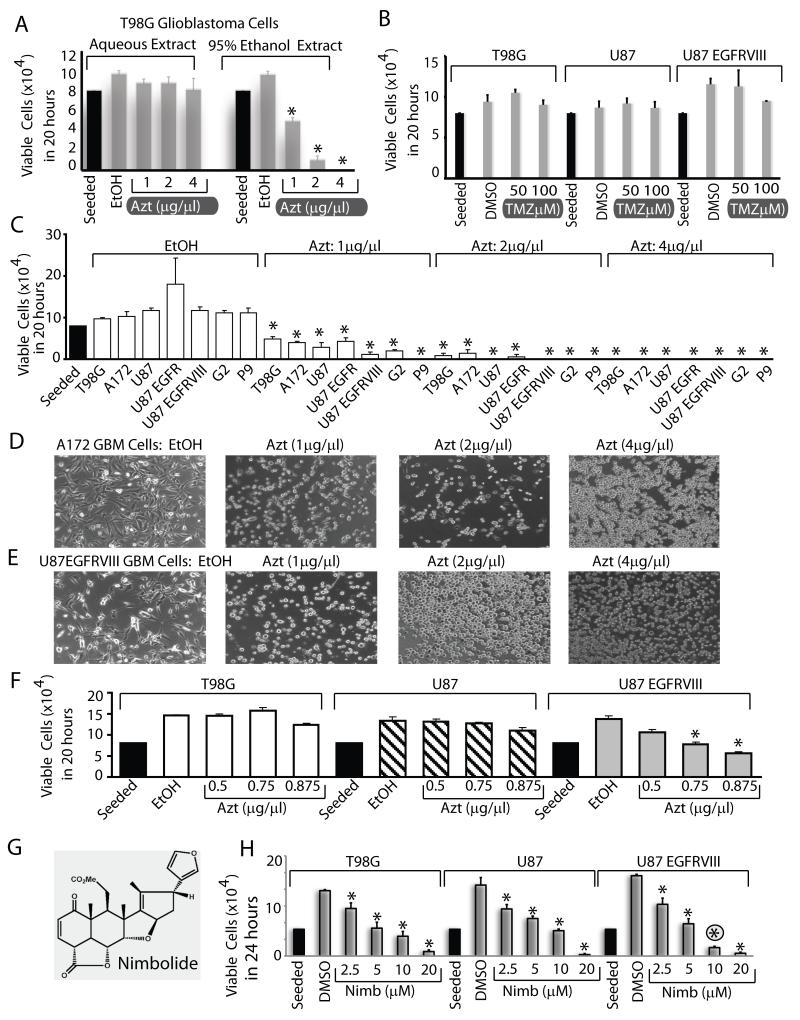Figure 1. Azt/ nimbolide is a potent cytotoxic agent in Glioblastoma.
(A) Cytotoxic effect of aqueous or EtOH extracts (Azt) of Azadirachta indica on T98G human glioblastoma (GBM) cells (A) and that of Temozolomide (TMZ) on T98G, U87 and U87EGFRvIII cells (B). (C) Dose-dependent cytotoxicity of Azt in a panel of human GBM cells treated with Azt or ethanol (control) for 20 hours. (D, E) Photomicrographs showing morphology of GBM cells (control-EtOH treated, attached) but lifting from tissue culture plates following Azt treatment for 20h. (F) GBM cells expressing the EGFRvIII oncogene are sensitive to lower doses of Azt than parental cells. Cytotoxicity of nimbolide (G), the principal cytotoxic component of Azt on a panel of GBM cells (H). Note: U87 EGFRvIII cells are more sensitive to 10μM nimbolide (circled asterisk). Data is representative of two to four experiments. *p ≤ 0.001.

